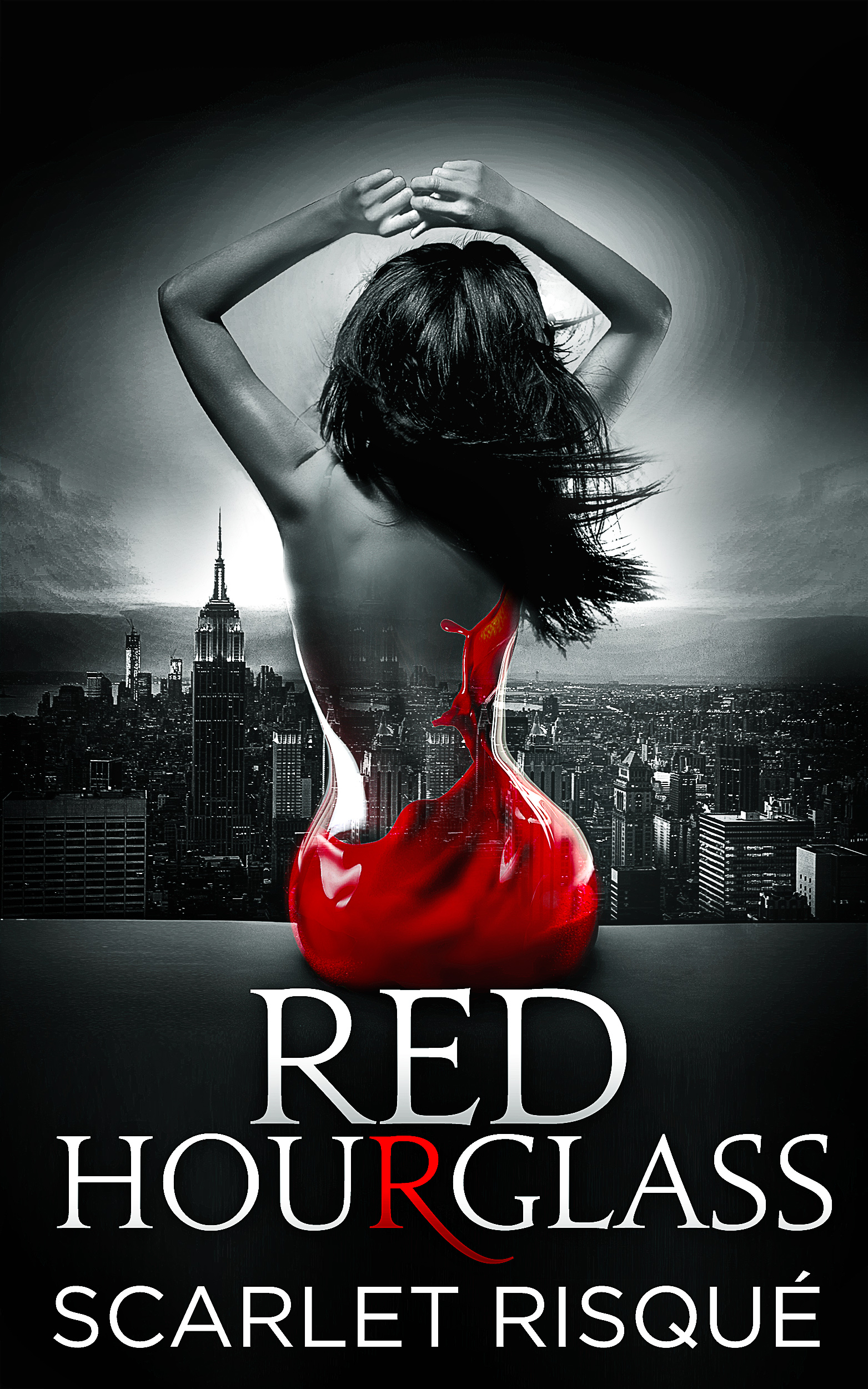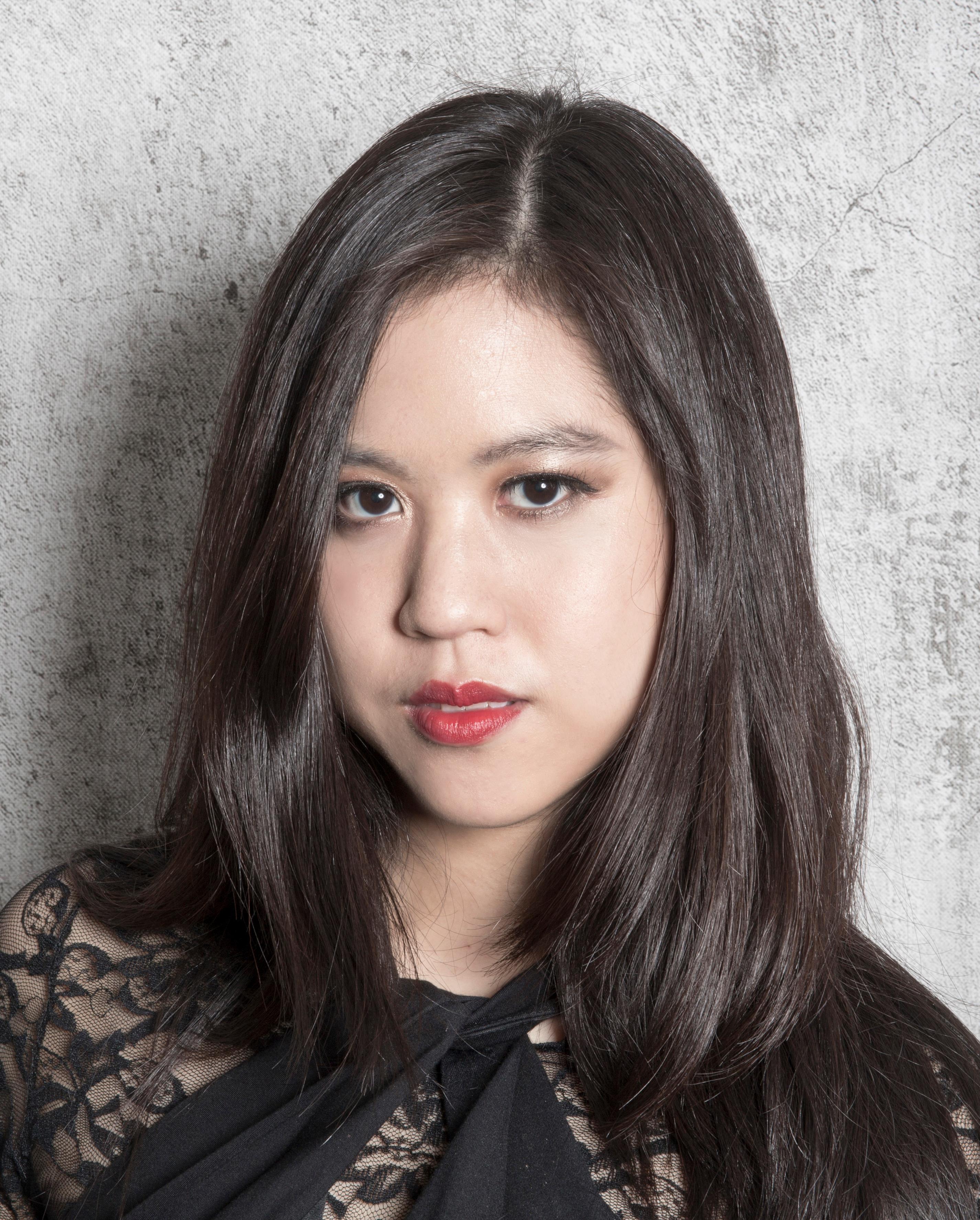An email to my editor who asked about the differences between Chinese and Japanese culture that I thought I should share here as it is quite an interesting breakdown on the cultural differences.
Hi Tara,
I had been thinking for some time since you asked me what is the difference between these two cultures and if the Japanese took the original Chinese ideas and called it their own.
Yes and no. Here is a breakdown on what I think.
The Japanese based most of their ideas of their current contemporary society by visits by the Japanese ambassadors to the imperial court of China during the Tang Dynasty. The Tang Dynasty was one of the Golden Ages of China’s history. Architecturally, the Tang Dynasty was zen-like with black minimalist finishing as Taoism was very dominant during this era. It influenced writers to pursue a minimalist living and path during this era of Chinese History. The Tang Dynasty was under the Han Chinese, as compared to other historical periods of China which sometimes was ruled by minorities (such as the Manchus and Mongolians).
China usually prospered if the Hans (ethnic Chinese) were ruling the country. After the Tang Dynasty, the country fell into disarray. China is like Europe in the sense there are many different dialect groups and there is inner conflict and struggle for these minorities to take control of the government. Predating Julius Ceaser, China had an Emperor (Qin Shihuang) that unified the whole of China at the expense of millions of lives. Since then, the Dragon Throne has always been hotly contested for as they believed that ancient China was the center of the world (hence the country is called “Central Kingdom” in direct English translation).
What the Japanese learnt from China during the Tang Dynasty is still prevalent in Japanese society today. Shintoism is a modification of Taoism. Chinese Poetry in the Tang Dynasty era is renamed as Haiku. The clothes: kimono and yukata were probably worn during the Tang Dynasty as well. But China fell into control to different rulers over the centuries, and social and fashionable attitudes changed depending on what the Emperor preferred. The contemporary cheongsum is influenced by the Han Chinese women rebelling against the Manchu government.
There is also a distinct difference between the way the Japanese and Chinese approached their foreign policies towards the 1800s. China had a closed door policy, as the Emperor believed that China was self sufficient (they were in the center of the world) and does not need to trade. Japan, on the other hand, was an island, and did not have raw materials to modernise their industry.
The Japanese Emperor issued a verdict to open their doors to trade to modernise their country (army and economy) during the Meiji Era. As a result of opening up trade, Japanese prints influenced western painters like Van Gogh. The Japanese culture captured the imagination of the French and contemporary western culture as they were the first to open their doors to trade and cultural exchanges.
However, China during this period of history had a Confucius philosophy to their actions. In Confucius philosophy, one has to be in harmony with their family, followed by their friends, then country, in order to achieve unity (hence circular dining tables and round objects are auspicious, take note that being “central” and “round” “self contained” are key fundamentals to Chinese thinking in this era).
As China was still facing internal problems during this era (under the minority Manchu government), the Han Chinese were very unhappy and wanted to overthrow the government, let alone trade with the world. Although the Chinese invented gunpowder, they never used it to colonise or conquer other countries. The Emperor simply believed he wanted to unite all Han Chinese under one country, and that’s it.
It is quite hilarious till today that USA thinks China wants to go to war, but historically, China has never attacked another country unless they want to “unite the Han”. The only instances that China sent voyage expeditions to conquer Japan was under the Mongolian government. But both times, the tsunami ate up the war fleet and the mission failed. The current communist government of China consist of majority Han Chinese, so they have no interest to go to war due to the deeply ingrained Confucius teachings in the culture.
If I have to draw a parallel between China and Japan, it would look like something like Quebec Canada and France. Quebec was occupied by the French during the 1600s, as today, they still use the old french (Quebec French) as the evolution of the French language did not reach it’s shores after the French lost control of Quebec to the British. Hence, although Quebec is French, their attitudes, culture and language is more ancient than contemporary France.
After opening up their doors, the Japanese embraced western culture and integrated it with their own culture. Japanese words have a mixture of ancient chinese words (the word knife is the same mandarin character) mixed with modern English words (computer is pronounced as “kom put er” in Japanese).
The Chinese culture on the other hand, is a very proud and self contained culture. When new English words appear, they simply used old Chinese words to join them together to form a new word. The word computer in Chinese is “electric brain”. They still “reject” western influences, and reinforce their own Chinese cultural identity in their contemporary media.
You could see the difference in these two MTV videos by Ayumi Hamasaki (Japanese Superstar) and Jolin Tsai (Taiwanese Superstar).
Ayumi uses western influences and makes it look hip and fashionable.https://www.youtube.com/watch?
Jolin uses traditional chinese influences and makes it contemporary and even more seductive in it’s exotic appeal.
https://www.youtube.com/watch?
Hope this finally answers your question (that I had been thinking throughout my London trip).
 |
AVERRAL writes under pen name Scarlet Risqué. She stars in Scarlet Queen YouTube with over a million views. She holds a degree in business. The RED HOURGLASS is ranked Top 50 Espionage Thriller on Amazon. She is currently writing the sequels to the Hourglass Series. Grab a free copy of her novel now RED HOURGLASS on Amazon |
 Learn about secrets to flawless make-up free skin at DR Secret
Learn about secrets to flawless make-up free skin at DR Secret 



